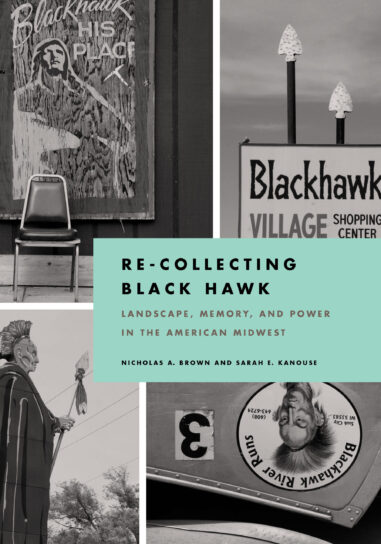
Hardcover $55.00
Request Exam or Desk Copy. Request Review Copy
Re-Collecting Black Hawk
Landscape, Memory, and Power in the American Midwest
Re-Collecting Black Hawk is a demonstration of the potential for innovation in the field of history. The example set by the editors should be embraced by other historians, popular and academic, in their pursuit to convey relevance and foster a spirit of revisionism. . . . Brown and Kanouse have drawn on their academic training in art and history to produce a work that is at once both artistic commentary and historical scholarship. [This book] contributes to the historiography through its choice of subject matter and the way that information is conveyed. [The editors] have utilized their unique combination of skills to challenge the assumptions held by Americans of non-indigenous descent.


